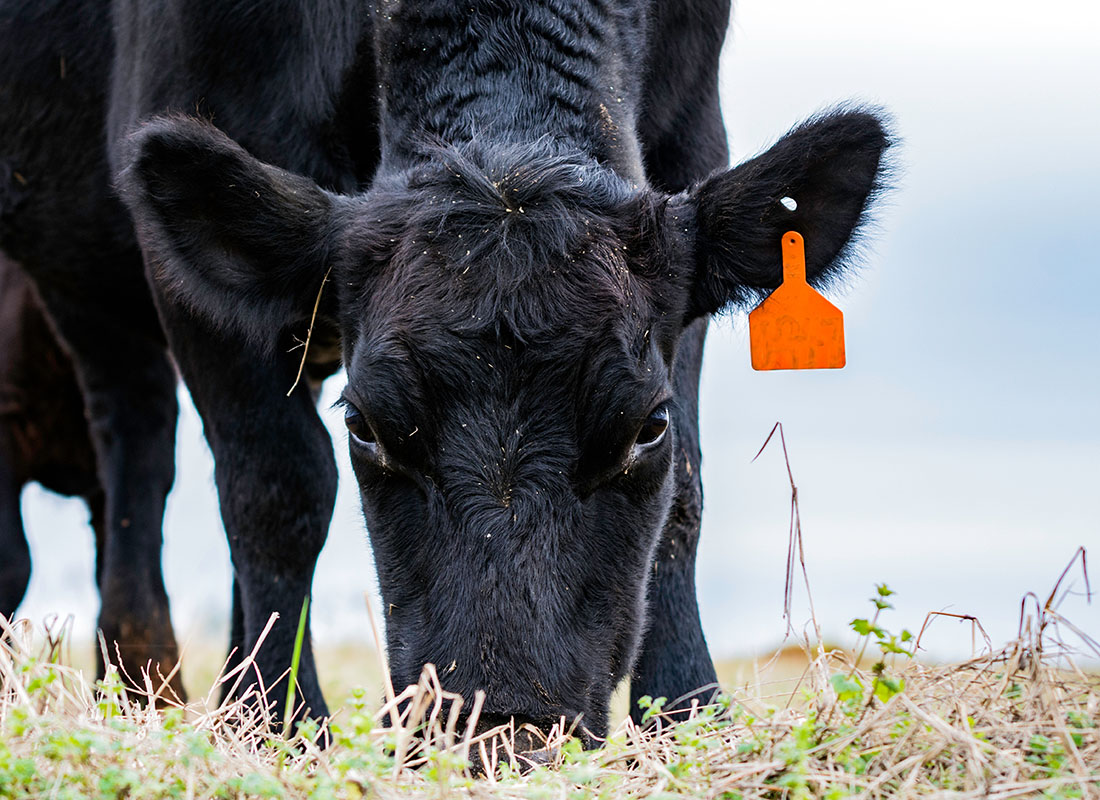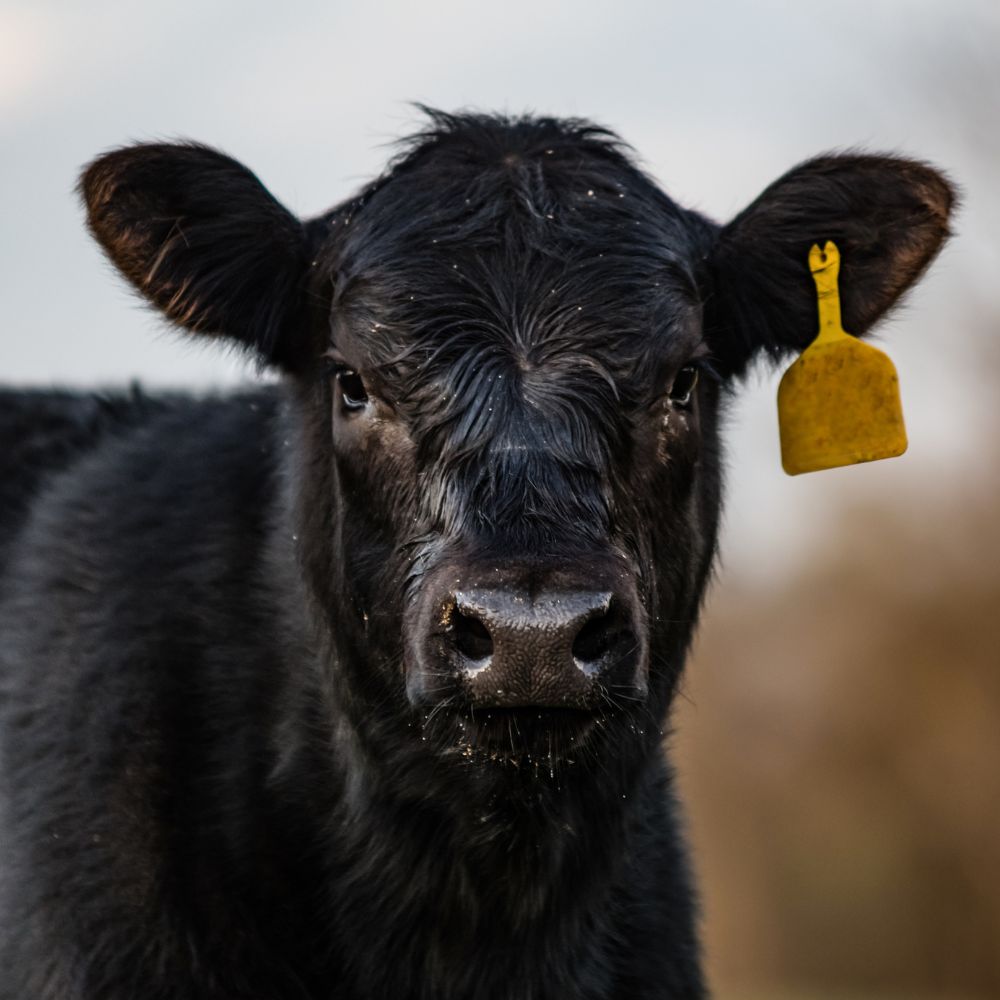Recognizing Livestock Risk Defense (LRP) Insurance Coverage: A Comprehensive Overview
Navigating the world of animals risk defense (LRP) insurance coverage can be a complicated endeavor for several in the farming sector. From exactly how LRP insurance coverage operates to the numerous protection options available, there is much to uncover in this detailed overview that could possibly shape the means animals producers approach danger monitoring in their services.

Exactly How LRP Insurance Policy Functions
Sometimes, recognizing the technicians of Animals Danger Security (LRP) insurance policy can be complicated, but breaking down just how it works can supply clearness for farmers and breeders. LRP insurance policy is a danger management tool designed to secure animals manufacturers versus unanticipated cost decreases. It's important to keep in mind that LRP insurance coverage is not an earnings warranty; rather, it concentrates only on cost threat security.
Eligibility and Coverage Options

When it involves protection alternatives, LRP insurance policy offers producers the versatility to pick the protection degree, protection period, and recommendations that ideal fit their threat management demands. Insurance coverage degrees typically vary from 70% to 100% of the anticipated finishing worth of the insured livestock. Manufacturers can also choose protection periods that align with their manufacturing cycle, whether they are guaranteeing feeder cattle, fed livestock, swine, or lamb. Endorsements such as cost threat protection can better tailor coverage to safeguard against negative market variations. By comprehending the eligibility requirements and coverage options available, animals producers can make educated decisions to manage risk properly.
Benefits And Drawbacks of LRP Insurance Policy
When reviewing Animals Risk Protection (LRP) insurance policy, it is important for animals producers to consider the benefits and disadvantages inherent in this threat administration device.

One of the primary benefits of LRP insurance coverage is its capacity to offer defense against a decline in livestock rates. Additionally, LRP insurance coverage provides a level of flexibility, enabling manufacturers to customize protection levels and policy periods to suit their particular demands.
However, there are likewise some disadvantages to think about. One restriction of LRP insurance coverage is that it does not shield versus all kinds of threats, such as illness break outs or natural calamities. Furthermore, costs can occasionally be pricey, particularly for manufacturers with huge livestock herds. It is critical for producers to thoroughly analyze their specific threat direct exposure and financial situation to establish if LRP insurance policy is the appropriate risk management tool for their operation.
Understanding LRP Insurance Policy Premiums

Tips for Taking Full Advantage Of LRP Advantages
Making the most of the advantages of Livestock Threat Defense (LRP) insurance coverage calls for critical planning and aggressive risk administration - Bagley Risk Management. To make the most of your LRP protection, consider the complying with pointers:
On A Regular Basis Assess Market Problems: Remain informed about market trends and price variations in the livestock market. By keeping track of these variables, you can make enlightened choices regarding when to buy LRP coverage to secure against prospective losses.
Establish Realistic Coverage Levels: When selecting click this site insurance coverage levels, consider your production expenses, market price of livestock, and potential threats - Bagley Risk Management. Establishing sensible coverage levels makes certain that you are adequately shielded without paying too much for unnecessary insurance coverage
Diversify Your Insurance Coverage: Rather of counting exclusively on LRP insurance policy, take into consideration expanding your threat management methods. Incorporating LRP with other risk administration devices such as futures agreements or options can provide thorough protection versus market unpredictabilities.
Evaluation and Readjust Coverage Regularly: As market conditions change, regularly evaluate your LRP coverage to ensure it straightens with your present danger direct exposure. Adjusting protection degrees and timing of acquisitions can help optimize your threat defense approach. By complying with these ideas, you can make the most of the benefits of LRP insurance coverage and guard your animals procedure check this site out versus unpredicted dangers.
Conclusion
To conclude, animals threat security (LRP) insurance policy is an important tool for farmers to manage the financial dangers related to their animals procedures. By recognizing just how LRP functions, qualification and coverage alternatives, in addition to the advantages and disadvantages of this more helpful hints insurance policy, farmers can make enlightened decisions to protect their livelihoods. By carefully taking into consideration LRP costs and executing strategies to make best use of advantages, farmers can reduce possible losses and ensure the sustainability of their procedures.
Livestock producers interested in getting Livestock Threat Defense (LRP) insurance policy can check out a range of eligibility standards and coverage alternatives customized to their certain animals operations.When it comes to coverage choices, LRP insurance offers manufacturers the adaptability to select the protection degree, coverage period, and recommendations that ideal match their risk monitoring needs.To comprehend the intricacies of Animals Danger Security (LRP) insurance totally, understanding the factors affecting LRP insurance premiums is essential. LRP insurance coverage premiums are determined by various components, consisting of the coverage level selected, the expected price of livestock at the end of the insurance coverage period, the kind of animals being guaranteed, and the size of the insurance coverage period.Testimonial and Adjust Coverage Routinely: As market problems transform, periodically assess your LRP coverage to ensure it straightens with your present threat direct exposure.
Comments on “Proactive Security: Bagley Risk Management Strategies”